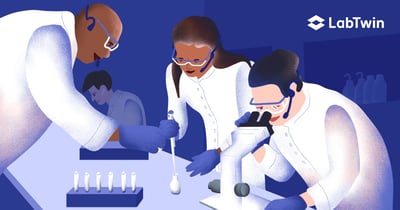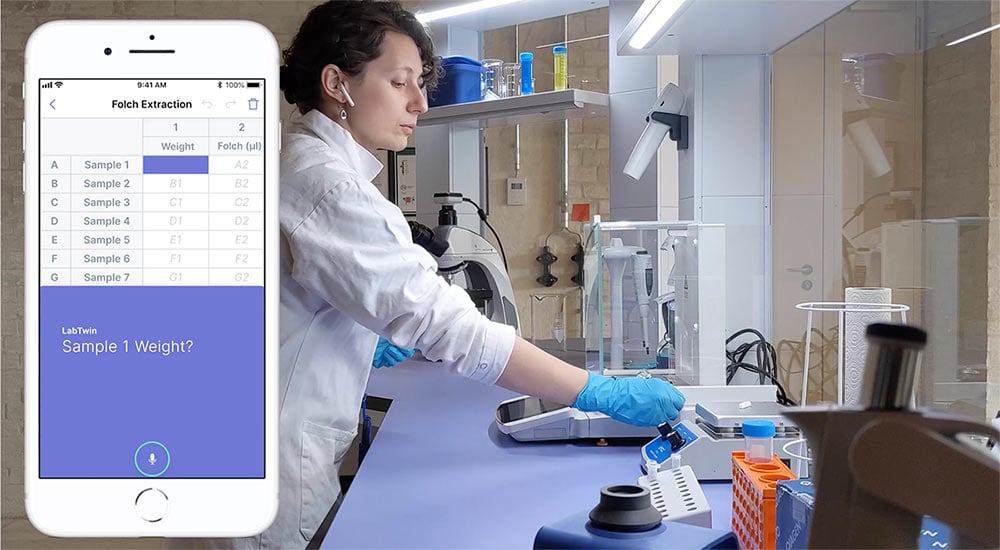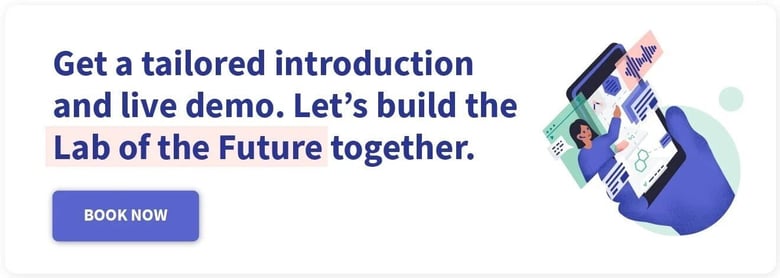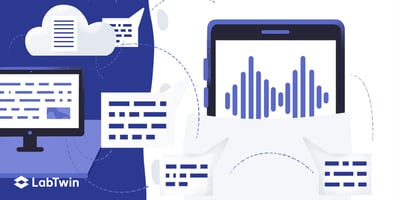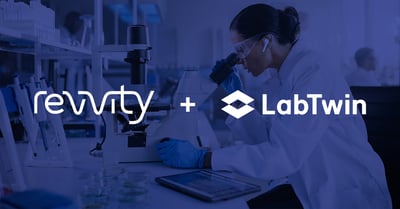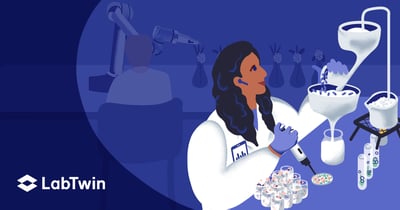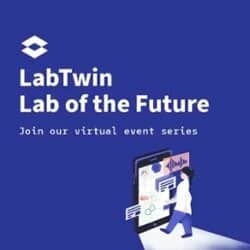The life sciences industry is continuing to grow, which has led to a boom in available jobs without a similar increase in qualified graduates. We are therefore seeing now a life science talent shortage in many parts of the world. While this is great news for scientists, with many new job opportunities available, and less competition, it is not such good news for companies looking to hire new staff. Many life science companies are now finding it difficult to recruit and retain talented scientists.
Rather than hiring new staff, another solution targeted by some organizations is to improve lab productivity by better optimizing the time of current employees. By leveraging lab technology and lab informatics solutions to eliminate repetitive and redundant work, companies can empower scientists to work smarter while making their jobs more enjoyable. The first step is to assess current laboratory processes for bottlenecks and sources of errors. Then companies can create a plan to optimize laboratory processes and and seek solutions among the recent lab technologies available to help scientists reduce errors, limit time-wasting tasks and improve data reproducibility
Faster lab documentation
One area that commonly needs optimization is data management. Scientists can spend a large part of their day collecting, processing and analyzing data. Manual data documentation can be a significant source of error, ultimately leading to lower quality data and a lot of wasted time. All of which can be really frustrating for scientists.
New data capturing tools, like digital voice assistants with speech-to-text capabilities can significantly improve lab productivity. A digital voice assistant can integrate with other lab technologies and lab equipment to automate real-time data collection, sorting and processing. This ensures data is never lost and frees up scientists to spend time on more important tasks like planning experiments. Scientists using LabTwin reported saving around 1h per experiment. Digital voice assistants can also collect metadata, helping scientists to identify sources of error. Scientists can even use digital voice assistants to access protocols and query lab databases and external data sources from anywhere in the lab.
Many scientists, especially the young generations, are used to having this sort of connectivity outside of the workplace and are expecting a similar level of digital support at work. If Life science companies want to make their labs more attractive to young scientists, they need to be creating an integrated well-connected lab ecosystem, with a user-friendly interface.
Streamlining the creation of FAIR Data
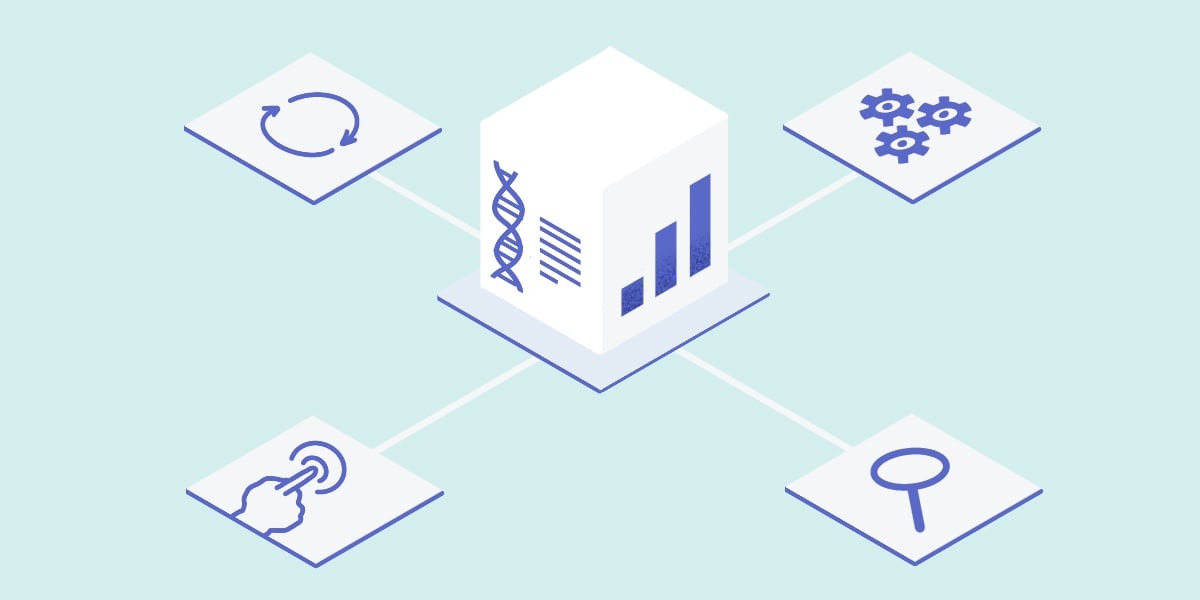
Scientists can also waste a lot of time looking for old data from past experiments and projects. Paper lab books and individual excel spreadsheets can be difficult to find and even more difficult to search.
Companies can get the most out of their data by digitizing the data, creating a centralized data repository and building a framework to make sure all data is FAIR (Findable, Accessible, Interoperable and Reusable). Humans and computers can easily access and use FAIR data, allowing companies to get more value out of FAIR data than out of siloed or forgotten data. By making it easy to find and access historical data, companies can also reduce the time that scientists waste repeating experiments. If high quality historical data is available, scientists may not need to repeat the experiment. Even if it is necessary to repeat the experiment, FAIR data helps with reproducibility because scientists are more likely to be able to reproduce results if they can access detailed protocols and see exactly how old experiments were performed.
Last but not least, FAIR data helps companies comply with regulatory guidelines and prepare for audits.
Having an ELN is a very good first step to ensure digital documentations of the experiments. Unfortunately, it has a very high threshold for data capture in the lab and it requires interruptions and time to login and fill up the entries. Study made with our clients showed that only around 20% of the data was typed in the ELN at the bench, the rest was memorized or put on paper. Lab technology, like digital voice assistants, facilitate the creation of FAIR data by collecting and processing data in real time. This results in more details being captured due to the low threshold for documentation at the bench and an automatic standardization and digitalization of the data. The captured data can be automatically uploaded to the data repository and made available to the collaborators, saving time and ensuring that no data is lost. We measured a 16% increase of the captured data for scientists using LabTwin, as simply voicing their observations was easier to achieve during the experiment than any other method.
Implementing templates and standard protocols
Digital templates and standard operating procedures are fairly simple to implement and can save scientists a lot of time while ensuring FAIR data. Labs can set up templates to make it quicker and easier to plan and execute all types of experiments. Scientists can also use templates to register, manage and localize samples and reagents. If labs store all templates in a centralized database, they are always available for scientists to use this single source of truth to set up experiments or to go back and check experimental data and metadata. Templates are also very convenient for machine learning algorithms to parse to the data and make it available for data query.
Scientists can use lab technology like digital voice assistants to set up standard templates which can be turn into an interactive standard operating procedures and protocols which guide the scientist at the bench into the experiment and its data capture. The data is automatically recorded in the right place of the template and exported into the desired format.
Training and upskilling
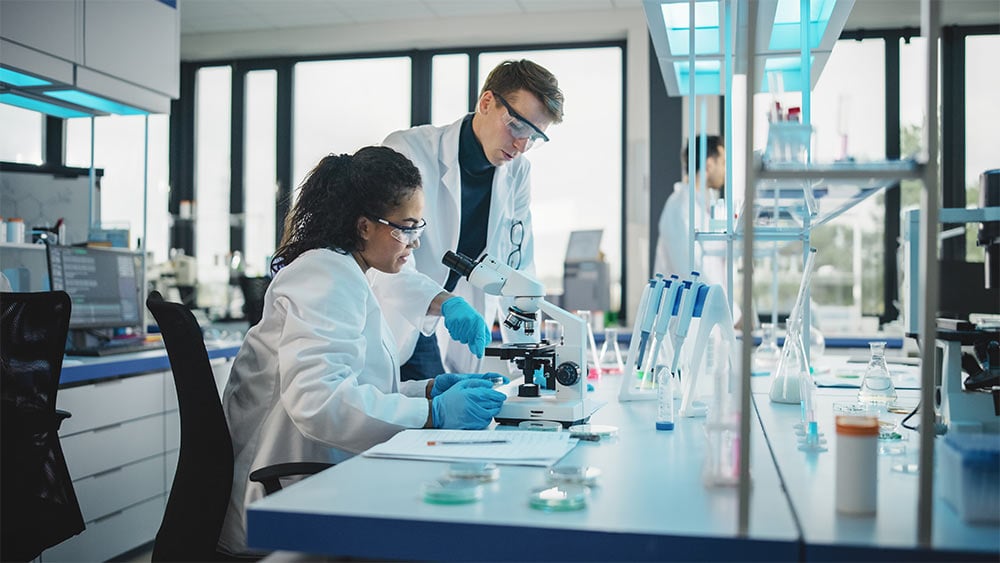
Experienced staff often struggle to allocate time for training new colleagues due to heavy workloads and tight deadlines. This can result in delivery delays and rushed learning paths, leading to potential setbacks for the company. While the "learning by doing" approach is effective, it can be time-consuming and companies are seeking new methods to teach « on the job ».
One innovative solution is to develop interactive learning materials with digital voice assistants that can be reused by multiple trainees, saving time and offering flexibility. Digital lab assistants serve then as virtual mentors, guiding new employees through procedures and answering their questions, such as locating stored items or informing about proper disposal methods.
Rolling out new technology can sometimes require extensive training, however, LabTwin stands out as a user-friendly and intuitive tool that requires minimal onboarding. Its fast deployment allows teams to quickly adapt and maximize efficiency without the burden of extensive training.
Improving laboratory processes
Data plays a crucial role in empowering life science companies to optimize the utilization of devices, lab equipment, samples, and reagents. By gaining comprehensive insights into various laboratory processes, including equipment usage, reagent consumption, and project-specific needs, scientists can enhance their experiment planning and minimize equipment downtime. Moreover, this data-driven approach enables labs to effectively manage equipment maintenance schedules, streamline inventory, and improve sample management. By leveraging operation data, life science companies can drive efficiency and ensure smooth operations within their laboratories.
By coupling each scientist with a digital lab assistant real-time operational data can be seamlessly captured, providing an overview of the scientific activity within the lab in real time.
Conclusion
It’s true that it can be hard to recruit scientists right now, however life science companies can overcome talent shortages and attract new scientists by creating an interconnected work environment that limits boring, repetitive tasks. Leveraging lab technology, like digital voice assistants and integrated lab informatics solutions empowers scientists, saves time, reduces errors and makes it easy to manage data, inventory, samples and equipment. Ultimately, by embracing modern digital solutions, companies can enable scientists to optimize their time and increase overall lab productivity.
Watch a video of LabTwin in action and book a call with one of our digital strategy expert to discuss how LabTwin can you help you to achieve your goals.


